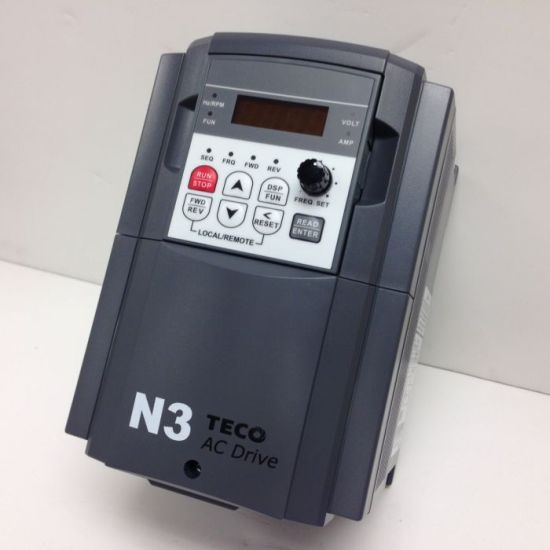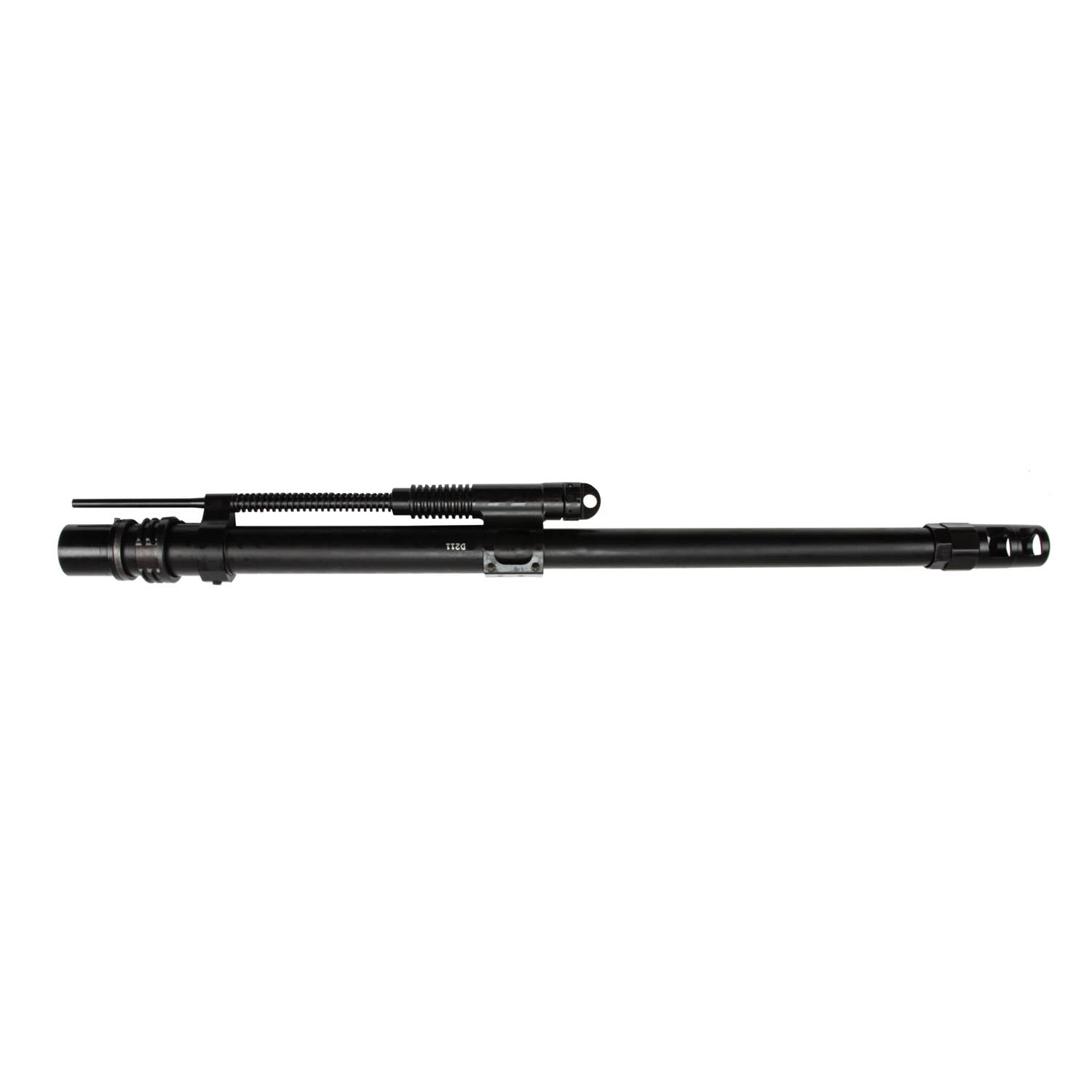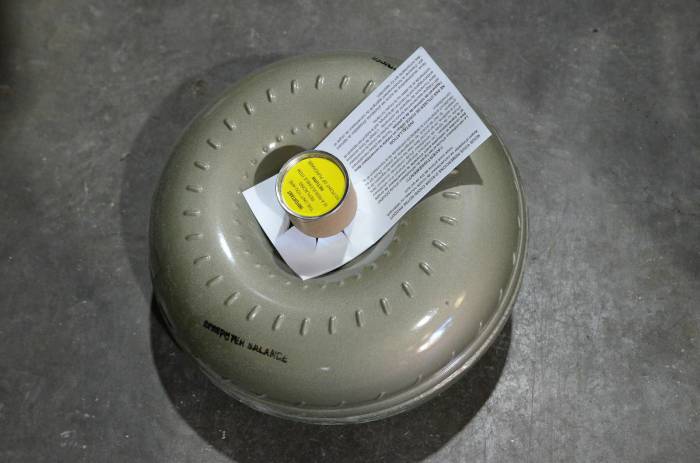
Wrote 450 convertos free#
What do you think? If you have your own favorite concertos that we have not mentioned then feel free to leave a comment with your own recommendations.A converso ( Spanish: Portuguese: feminine form conversa), "convert", (from Latin conversvs 'converted, turned around') was a Jew who converted to Catholicism in Spain or Portugal, particularly during the 14th and 15th centuries, or one of his or her descendants. Names like Elgar, Beethoven and Bach are known the world over, and rightly so. Some people will have their own take on what they love, but whether it is an orchestra, a soloist or both, the performances we’ve mentioned on this list are by some of the greatest cello players, and deserve respect as some of the greatest and most famous compositions throughout our history.

Wrote 450 convertos plus#
Listing the best concertos or pieces of music for any instrument is very difficult, plus it comes with the challenge of taste being subjective. This piece proves a challenge for musicians everywhere. The speed as it approaches its climax is one of many reasons why this is such a hard piece to master, but in the performance above, by the Moscow City Symphony “Russian Philharmonic” and the soloist Narek Hakhnazaryan is truly incredible and triumphant in its nature. This gets an honorable mention as one of the most difficult pieces of music to play for cello.

Prokofiev Sinfonia Concertante in e minor, Op. There are some truly amazing cello pieces out there which, to a beginner, seem virtually impossible to play. However, the very best cello music is sometimes the most difficult, and the most impressive to watch played by a soloist or by an orchestra. The greatest concertos can be moving and interesting for a variety of reasons. The performance of the work of Camille Saint-Saëns shown above is a stunning and dramatic version which builds to an incredible finale. This is challenging for solo musicians, and moves faster than many cello songs, with many of the nuanced techniques of this emotive instrument being displayed. 1 in A minor is arguably one of his finest works, completed in the 1800s, with one continuous movement rather than being split into three movements like a traditional concerto. 1 in A minorĬamille Saint-Saëns was a world-renowned musician, but in the modern age he is not the household name that some of the other composers on this list are, such as Elgar and Bach. Leading cellists around the world have provided their take on the concerto. In fact, it was the 1960s when Jacqueline du Pré recorded the work and it became far more popular than any other Elgar cello piece. Though it was written in 1919, this is another concerto that didn’t see the light of day for many years. This concerto is both contemplative and emotional, known for its ability to move people emotionally. It was written just after World War 1 and Elgar’s music was seen as unfashionable by many. If you want to be a solo cellist then at some point, it is likely that a teacher or conductor will challenge you to play this piece. 85Įlgar is another true legend of classical music, and his Cello Concerto in E Minor was actually his last work.

The incredible rollercoaster of this piece has seen it go down in history. The concerto does an incredible job of showcasing the range of the instrument, from dramatic and bold to tender and pensive. Even the soloist attempting his cello concerto in B minor was not to make any changes. Legend has it that when the song was submitted to the publishers he demanded that it be played exactly true to the sheet music. Dvorák was a Czech composer with a huge amount of flair in his composing.


 0 kommentar(er)
0 kommentar(er)
